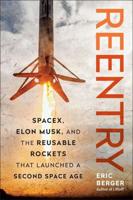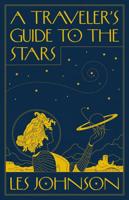Publisher's Synopsis
A generic examination of the loads produced by individuals performing maximal efforts with a torquing tool in zero gravity, to determine operator strength when performing torquing tasks; quantify the loads placed on foot restraints while performing these tasks; and examine effects of orientation and direction of tool rotation on strength effectiveness was conducted. The experiment was conducted aboard NASA's KC-135 reduced-gravity aircraft, using two force plates attached to a test stand, one with a foot restraint. Subjects used a wrench to apply maximum torques to various fittings, in different positions, in clockwise and counterclockwise directions. It was seen that these subjects could produce approximately 400 to 750 N of force, depending on the orientation of the tool and the direction of effort. The most force could be produced when pushing the tool upwards. A force effectiveness ratio (FER) defined as an indication of how much of the subjects' total effort actually went into performing the desired task. Values of FER ranged from 0.55 to 0.90, with the greatest FER occurring with UP and DOWN efforts, and the lowest with AWAY and LEFT efforts. Designers can use these results to set specifications for craft structures; tools can be developed based on the known strength of the tool users; and tasks can be developed to not exceed the crewmembers' capabilities. Poliner, Jeffrey and Wilmington, Robert P. and Klute, Glenn K. Johnson Space Center ...









